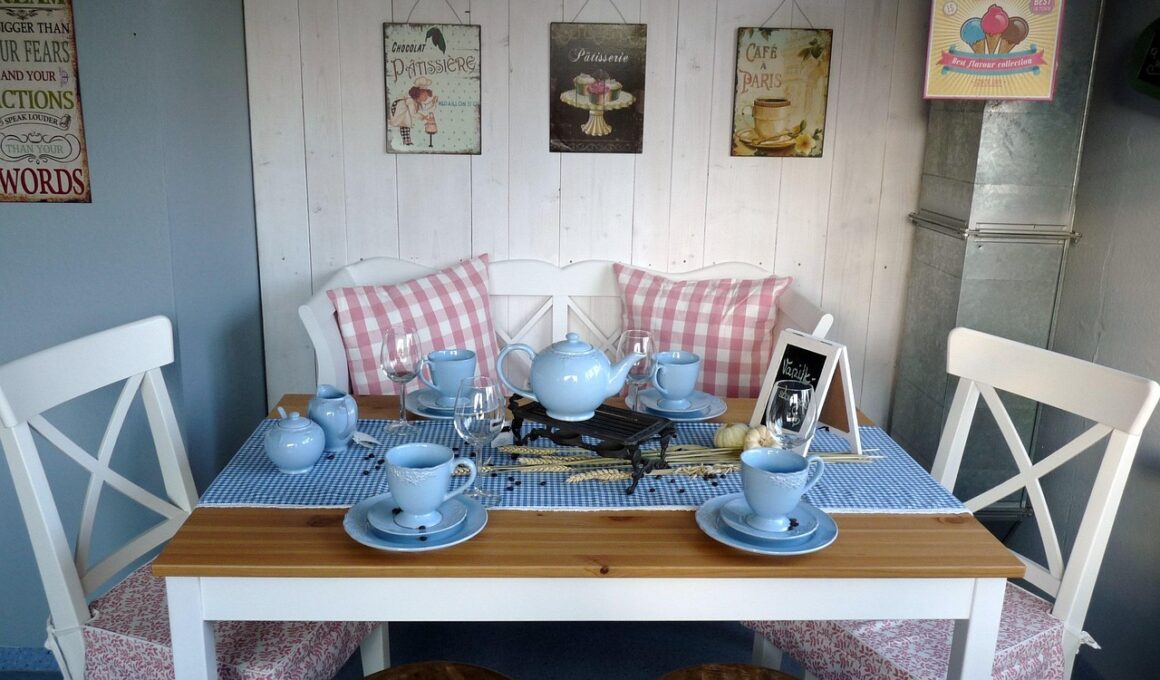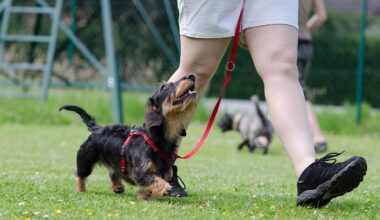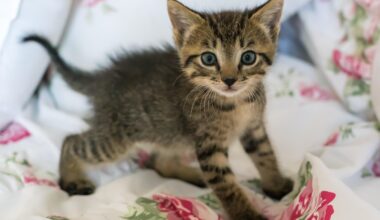Accessibility Tips for Inclusive Cat Show Hospitality
Creating an inclusive cat show environment involves meticulous attention to various aspects, ensuring that guests of all abilities enjoy their experience. One fundamental step is to assess the venue for accessibility. Evaluate entry points, along with the layout to determine if they accommodate wheelchair users, individuals with mobility concerns, and the visually impaired. Ensure that your staff is trained to assist guests when necessary. Signage should be clear and prominently displayed, designed with contrasting colors for enhanced visibility. Use large print for easy reading, and consider incorporating Braille on important informational materials. Offer sensory-friendly spaces for attendees who may feel overwhelmed in crowded areas. Include quiet zones, where guests can retreat and recharge their energy. Advance planning for seating arrangements can also promote inclusivity; ensure accessible seating near the stage or area where events are held. In addition, provide adequate space between booths to allow easy navigation for all attendees. Keeping these factors in mind can significantly enhance the hospitality experience and ensure everyone feels welcome, valued, and included.
Engaging with the community is an essential part of cat shows. Reach out to local advocacy groups or organizations that represent individuals with disabilities. Collaborating with these groups not only equips you with valuable insights but also sharpens your awareness regarding guest needs. For instance, they may provide guidance on what accommodations should be prioritized. Establishing an advisory board consisting of multiple stakeholders, including attendees with disabilities, helps target specific requirements and challenges faced. This diverse input can inspire innovative solutions for fostering inclusivity. Ensure that your event’s marketing materials present clear language about the accommodations you offer, highlighting the accessible features of your venue. Inform potential guests about available assistance, such as designated parking spaces for those with mobility issues and priority entrance lines to minimize wait times. In the challenges of organizing cat shows, demonstrating your commitment to inclusivity forms the backbone of your hospitality efforts. Consider creating a detailed accessibility guide available online and at the event, allowing attendees to plan ahead and familiarize themselves with the services you provide.
Accommodating Sensory Needs
Understanding sensory sensitivities is crucial in creating a welcoming environment for all cat show attendees. Among some guests, events can become overwhelming due to noise, lighting, and large crowds. To mitigate these issues, designate quiet zones throughout the venue where individuals can retreat for sensory breaks. Construct these areas with sound-absorbing materials and low lighting, providing a serene environment. Additionally, consider incorporating sensory kits containing fidget toys, noise-canceling headphones, or weighted blankets, which can help ease anxiety for guests who require support. Make information about these sensory resources readily available through signage or event programs. Training your staff on sensory sensitivity is essential; equip them with the skills to recognize when assistance is needed. Ensure they understand how to engage appropriately with attendees who may need special accommodations. Promote an understanding and compassionate atmosphere by encouraging attendees to be patient and supportive of one another. Furthermore, it may be useful to distribute visual schedules or maps highlighting quiet areas and sensory-friendly exhibits. Individualized attention can significantly enhance guests’ experiences, ensuring they feel included and comfortable.
Another critical aspect is providing comprehensive dietary options. Cat show hospitality must include diverse food choices to accommodate various dietary restrictions and preferences. Collaborate with caterers familiar with allergen management and diversity to ensure every guest can find satisfying options. Indicate all food items clearly, displaying necessary information such as ingredients and potential allergens. Consider preparing gluten-free, dairy-free, nut-free, and vegetarian or vegan choices to cater to diverse nutritional needs. Distributing dietary alternatives can prevent many concerns and promote inclusivity among attendees. If your event allows guests to bring their pets, establish guidelines to ensure food safety and comfort. For example, designate specific dining areas for guests accompanied by cats that consider their health and safety. Ensure the dining space is accessible and has tables with sufficient space for wheelchair users or those with mobility aids. Building an inclusive atmosphere requires attention to dietary needs as part of the overall hospitality strategy. By including this consideration, you can better meet your guests’ needs while ensuring everyone enjoys a delightful culinary experience during the event.
Accommodating Mobility Challenges
Accessibility is key in creating an enjoyable atmosphere at cat shows for attendees with mobility challenges. First, assess the pathway and navigate traffic flow at the venue. Ramps must be along essential thoroughfares, while obstacles should be minimized to make navigation easier. Ensure that pathways between different areas are spacious and clear of clutter. Consider implementing seating areas with varied heights, allowing everyone to find comfort and ease in watching the show. It may be helpful to set aside a selection of adaptive seating for guests who require additional support or have difficulty getting up from standard chairs. Include options like backrests or cushions that offer flexibility for various needs. Providing assistance stations throughout the venue can also be beneficial. Position staff members to assist guests facing challenges, including offering potential rides or transport solutions. Make sure that restroom facilities are designed with accessibility in mind, equipped with grab bars and adequate space for maneuverability. These thoughtful measures significantly enhance comfort and satisfaction, leading to a more inclusive and inviting environment for all.
Another vital element for enhancing cat show hospitality lies in transportation accessibility. Accessible transportation to and from the venue plays a crucial role in ensuring that guests can participate fully in the event. Collaborate with local transportation services to create specialized solutions for attendees with disabilities. Including accessible shuttles or transportation services can provide added drive for those requiring assistance. If public transport is available, ensure that information about accessible options is shared on your event website and marketing materials. Details such as accessible bus routes, train stations, and parking availability should all be clearly presented. Onsite parking should provide designated areas near the venue entrance to facilitate ease of access for individuals with mobility limitations. Providing a helpful guide and visual aids will assist guests in navigating their transportation options effectively. Taking the time to ensure that transportation is well planned and includes all attendees can dramatically improve their experience. These efforts will resonate with guests and build goodwill and appreciation as you enhance their comfort at every turn throughout the cat show.
Promoting Awareness and Education
Lastly, fostering awareness about accessibility and inclusivity is essential. Share education materials for volunteers, judges, and exhibitors, emphasizing the importance of inclusivity for all event participants. Utilize training sessions to imprint values of empathy and understanding toward individuals with disabilities. Highlight best practices in providing assistance or responding to requests respectfully and promptly. Distribute pamphlets and resources explaining the importance of inclusivity and the specific steps taken at the event to accommodate needs. Furthermore, engage with participants after the event to gather feedback about their experiences. This valuable information can illuminate opportunities for improvement in future events. Creating an inclusive environment is an ongoing process that evolves based on the feedback and experiences of attendees. Imprinting this message strengthens relationships with your community and ensures all guests feel welcomed and appreciated. By advocating for education and awareness, you create a lasting legacy of inclusivity for your cat show. This commitment not only enhances visibility but also demonstrates a dedication to fostering a genuinely inclusive atmosphere that leaves a lasting impact.


